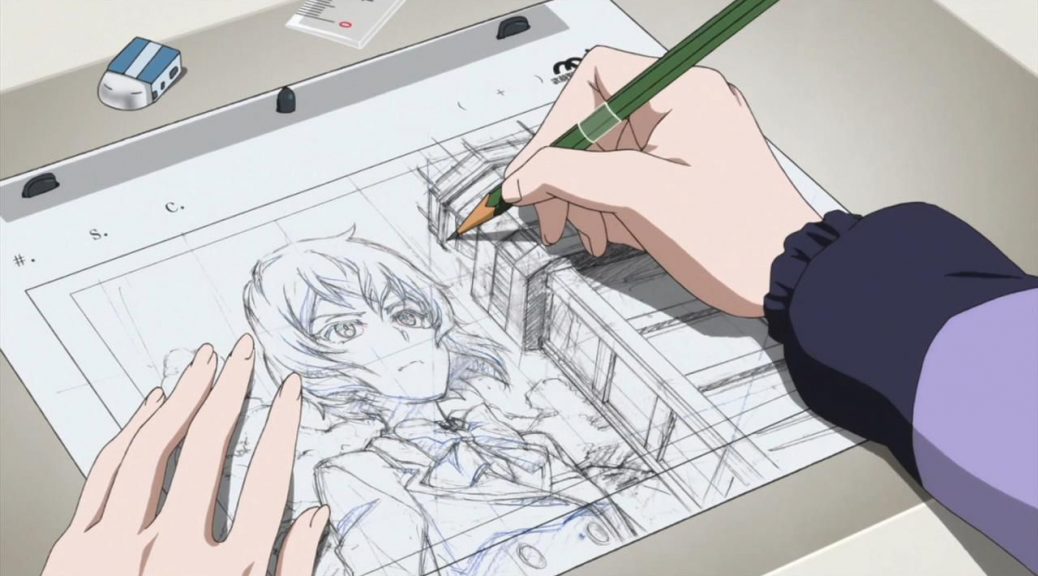How Anime is Made
Have you ever wondered how anime is made? For a lot of us, anime production is all smoke and mirrors. The range between the concept art and also the completed masterpiece is the size of a common 12-week period. Reality be told, unless you're proficient in Japanese, the production procedure governing Japanese computer animation is shrouded in secret. Attempting to find out more will certainly lead you down a rabbit opening of terms like key animator, in-between animator, computer animation director, episode director, art supervisor, as well as personality designer. Exactly how anime is made in Japan is very different from just how you would believe; often times, it is a lot more of a liquid (read: chaotic) procedure than you would certainly expect.
The Art of Animation
Computer animation production is an untidy, unpleasant affair. Chaotic organizing, ground timelines, missed due dates, and also widespread incompetence are all work-related hazards anybody operating in a tiny, start-up environment is well-acquainted with.

Anime is likewise a labor of love and also one that calls for the talents of lots of people, in addition to the perseverance of a pick few. After all, it is one that needs lots of, several actions. The success of also one episode is no tiny feat, and one error can have dire repercussions for the entire manufacturing. Dig much deeper as well as you'll locate manufacturing timetables and also color-coded lists that are right stuff of problems. Numerous spreadsheets, numerous trademarks.
I'll do my finest to provide a thorough review of the procedure, laying out the significant actions as well as the significant players. In doing so, I wish to show how hard it is to make a good anime, let alone a terrific one, while reigniting your love for the medium. Above all, apologies in advance for any mistakes or errors; I am, never, a professional on anime production.
The Production Refine (i.e. Manufacturing Risks).
Pre-production.
This is the planning and funding phase. The anime production company (e.g. Aniplex, Bandai Visual, Kadokawa Shoten, Horse Canyon, Sony, Toho, Viz Media) supervises of fronting costs for staffing, broadcasting, and circulation. Basically, they pay workshops to make it, television stations to air it, and also the licensor to disperse it domestically and worldwide. Above all, they gather the profits from the sales. Occasionally, several production companies are associated with a single anime. Studios (e.g. A-1 Images, Bones, J.C. Personnel, Kyoto Animation, Madhouse, Manufacturing I.G, Studio Ghibli, Trigger) are the ones who staff, pay, and also create the real anime. If the anime is an original suggestion, the workshop will occasionally assist front the costs.
Assembling the Team.
The supervisor is the innovative head honcho and also is, usually, the one that personnels the program. When it pertains to staffing, each workshop works in different ways. Some have full time in-house animators, colorists, editors, as well as production workdesks, while others will certainly have a full-time group of core people from each department and also a large network of freelancers. After that there are the studios that outsource the job entirely to freelancers.
Storyboards.
The supervisor is usually responsible for the storyboards, also. In long-running TV-anime, as opposed to seasonal anime, storyboards typically fall to various storyboarders. In a perfect world, the storyboards would be totally ended up before an episode goes into production. This would certainly offer the remainder of the team the chance to flesh out a cohesive, completely recognized tale; nonetheless, that seldom ever before takes place, and also frequently episodes are in-production as the storyboards are still being worked out. It's a headache, truly.
Layouts.
Successive is designs. Under the guidance of the director, episode director, as well as in some cases producer, the design director will fill in the details for cuts (scenes, usually determined by the use of a solitary history). This entails preparing the major computer animated picture or "cels" (displayed in warm colors) against the histories (received trendy shades) with descriptions of how the camera should relocate. To put it simply, the design director is mounting get more info each cut and also checking out general composition.

Computer animation.
When layouts are done, the manufacturing aide gives them to the key animators. They're the ones that bring the images to life. The finished cuts after that go to the episode's computer animation director, that checks for consistency and also high quality. If the cuts get the stamp of approval, they go to the in-between animator. This job is usually outsourced to much less skilled animators with cheaper rates. The in-between frameworks are sent out to the in-between supervisor to make sure they follow the quality and also frames of the vital animation. If a cut is rejected at any type of phase, it is sent back for alterations.
Digitized.
Lastly, once the computer animation is done, the coloring group, supervised by the shade developer, digitizes, cleans, and also colors the cuts. At this moment, the cuts are described as cels (or digicels). The colorist puts the tinted cels against the background art (as defined in the layouts) as well as includes any 3DCGs under the supervision of the 3DCG manager. The last of in-production is filming, in which structure, unique effects, as well as editing and enhancing are completed.
Post-Production.
With completion visible, the manufacturing assistant sends the last cels to the recording supervisor for post-production. The recording director supervises the "dubbing" procedure in which the post-production groups include the voice acting, audio effects, as well as songs. That ends the life process of one cut in anime production. Finally, at the end, the editor mates, incorporates, modifies, and then develops all the completed cuts. On the other hand, the supervisor and also episode supervisor are signing in at each stage to make sure the completed product measures up to their vision. The core guiding group after that assesses the finished episode and gives feedback or their final approval.